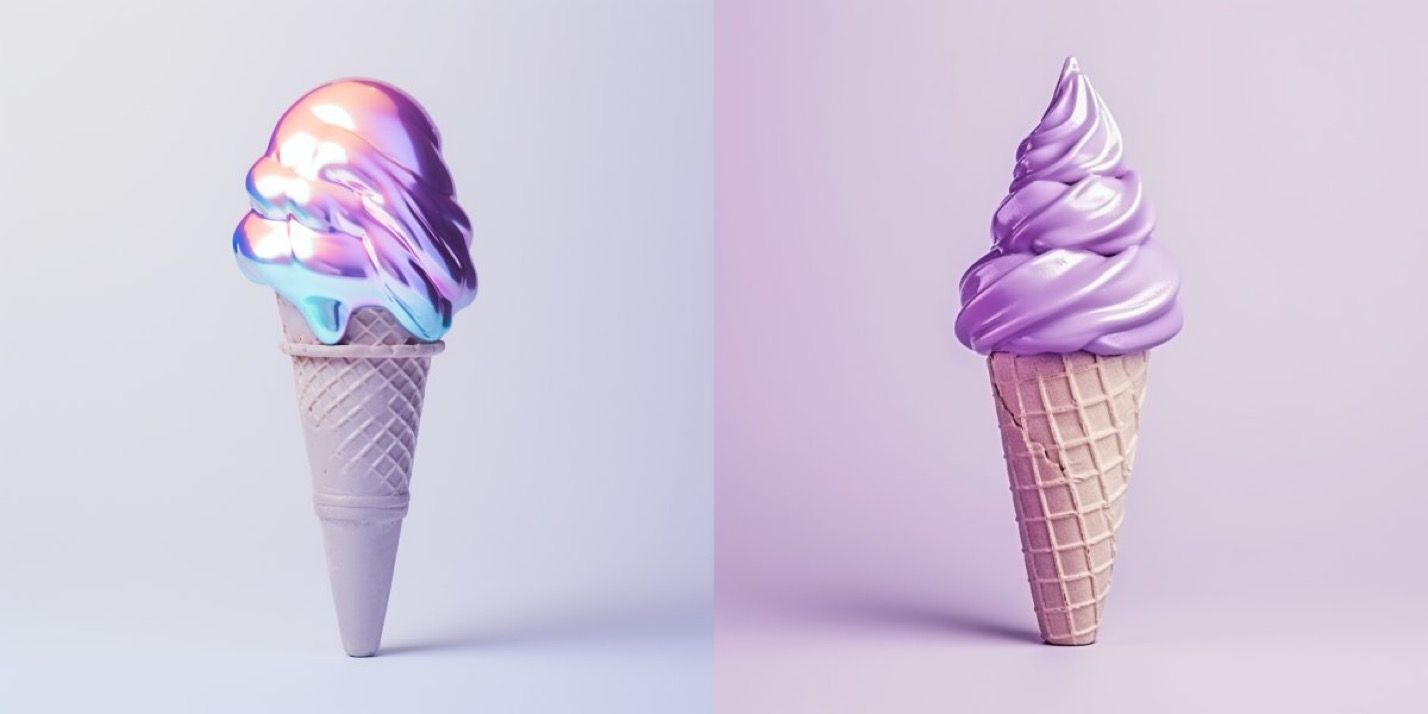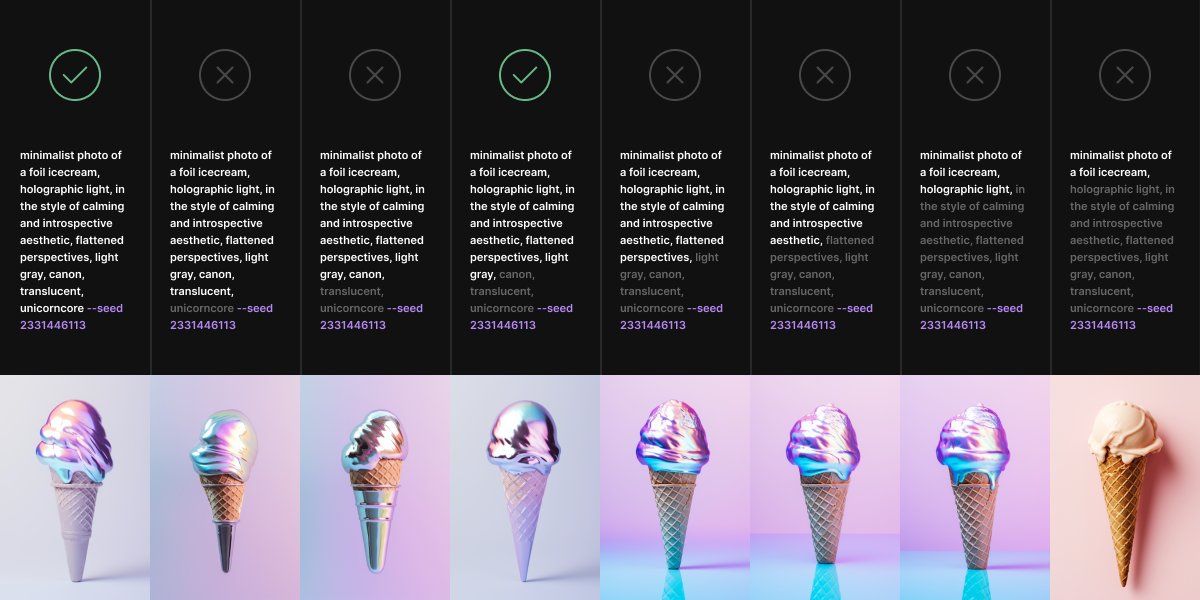Capturing Human Creativity: A Parallelism Between Photography and Generative A.I.
The parallelism between the early days of photography and generative artificial intelligence highlights débites about the impact of technology on human creativity

If constant and ever-changing interaction with our natural surroundings and the environment we have created through technology and culture makes us human, our understanding of ourselves and the world is continuously being redefined and expanded through scientific advancements. And instead of erasing our humanity, these advancements reveal the true nature of what it means to be human, showing us that we are intricately connected with the world around us and shaped by it.
In our age of technology, the question of whether it makes us more human is a complex one. Technology has undoubtedly enhanced our lives, allowing us to connect with others, access vast amounts of information, and perform tasks more efficiently. Yet, it has also raised concerns about the erosion of human creativity. One area where this debate is particularly prominent is in the realm of art.
The historical case of photography offers valuable insights into how technology can shape our understanding of human creativity. In the 19th century, photography was initially dismissed as a mechanical process devoid of artistic merit. Critics argued that the camera, not the photographer, was responsible for the creation of images. However, as photography became increasingly profitable, the question of authorship and creativity came to the forefront. Eventually, photography was recognized as an art form that required human agency and creativity.
Baudelaire mocked the idea that photography could replicate nature with exactitude and saw it as a form of fanatical sun-worship. He believed that true art involved human creativity and that photography, in its automated nature, lacked this essential element. Baudelaire's skepticism towards photography as an art form highlights his emphasis on the role of human agency and creativity in the artistic process.
If photography is allowed to stand in for art in some of its functions it will soon supplant or corrupt it completely thanks to the natural support it will find in the stupidity of the multitude. It must return to its real task, which is to be the servant of the sciences and the arts, but the very humble servant, like printing and shorthand which have neither created nor supplanted literature. Baudelaire
Today, AI-generated artwork is currently subject to debates about its status as a form of human creativity. Proponents of AI art argue that it simply automates certain aspects of the creative process, freeing up human cognition for higher-order creativity. They claim that AI is a tool that artists can use to enhance their work, much like a painter might use a brush. Critics, on the other hand, argue that the use of AI undermines the originality and authenticity of human-made art. They contend that AI-generated images are not truly original and should be considered a form of collage.
Language and rhetoric play a significant role in shaping public perception of AI-generated artwork. Companies like Stability AI and LAION, which develop AI image generation models, employ language that emphasizes the democratic and open-source nature of their work. They present AI as a tool that is accessible to everyone and can democratize the creative process. However, artists whose work is incorporated into these models may view it as a violation of their copyright and intellectual property rights.
The proliferation of AI-generated images in online environments has raised concerns about the reshuffling of market incentives for artists. While it may not replace human art wholesale, AI-generated artwork does pose challenges to the traditional art market. The easy accessibility and affordability of AI art tools may disrupt existing models of art production and consumption.

It is important to view AI art as part of a broader pictorial history. Art has always evolved in response to technological advancements, and AI art is simply the latest manifestation of this process. Rather than fearing the displacement of human-made art, we should consider how this new technology can be integrated into the creative process. By recognizing that human creativity has always been shaped by commercialization and labor, we can navigate the challenges posed by AI-generated artwork.
The debate surrounding AI-generated artwork is indicative of our current political and cultural moment. It raises questions about the nature of human creativity, the role of technology in our lives, and the value we ascribe to art. As we navigate these discussions, it is crucial to acknowledge the ways in which human creativity and technology intersect, understand what history tells us, and find ways to embrace and utilize new technologies without undermining the significance of human artistic expression.

